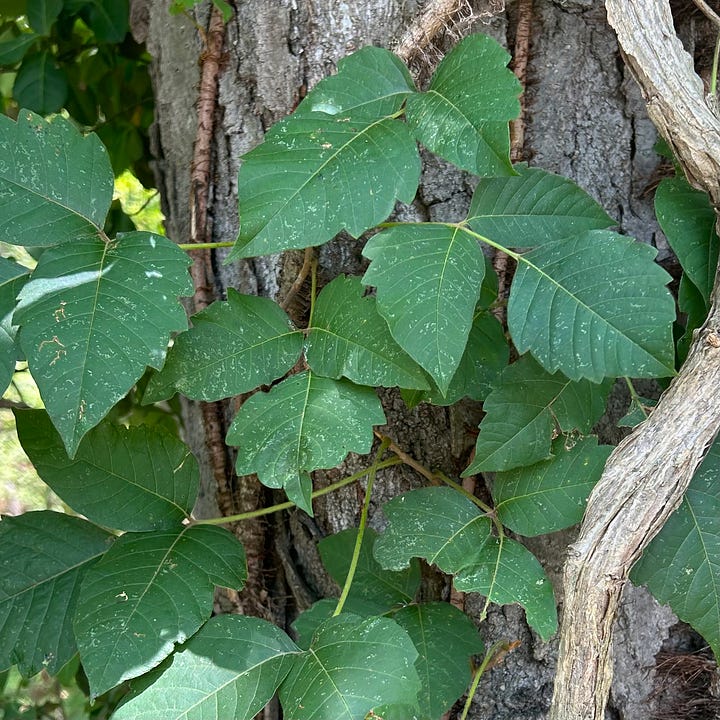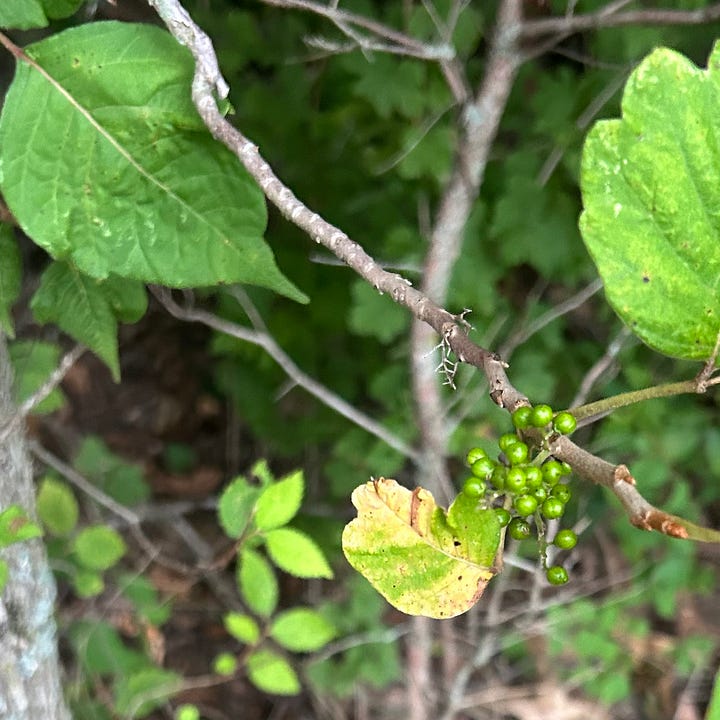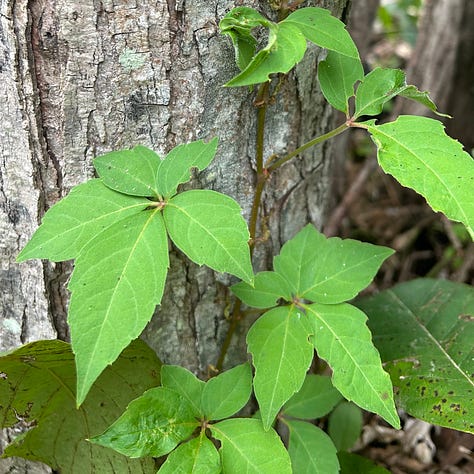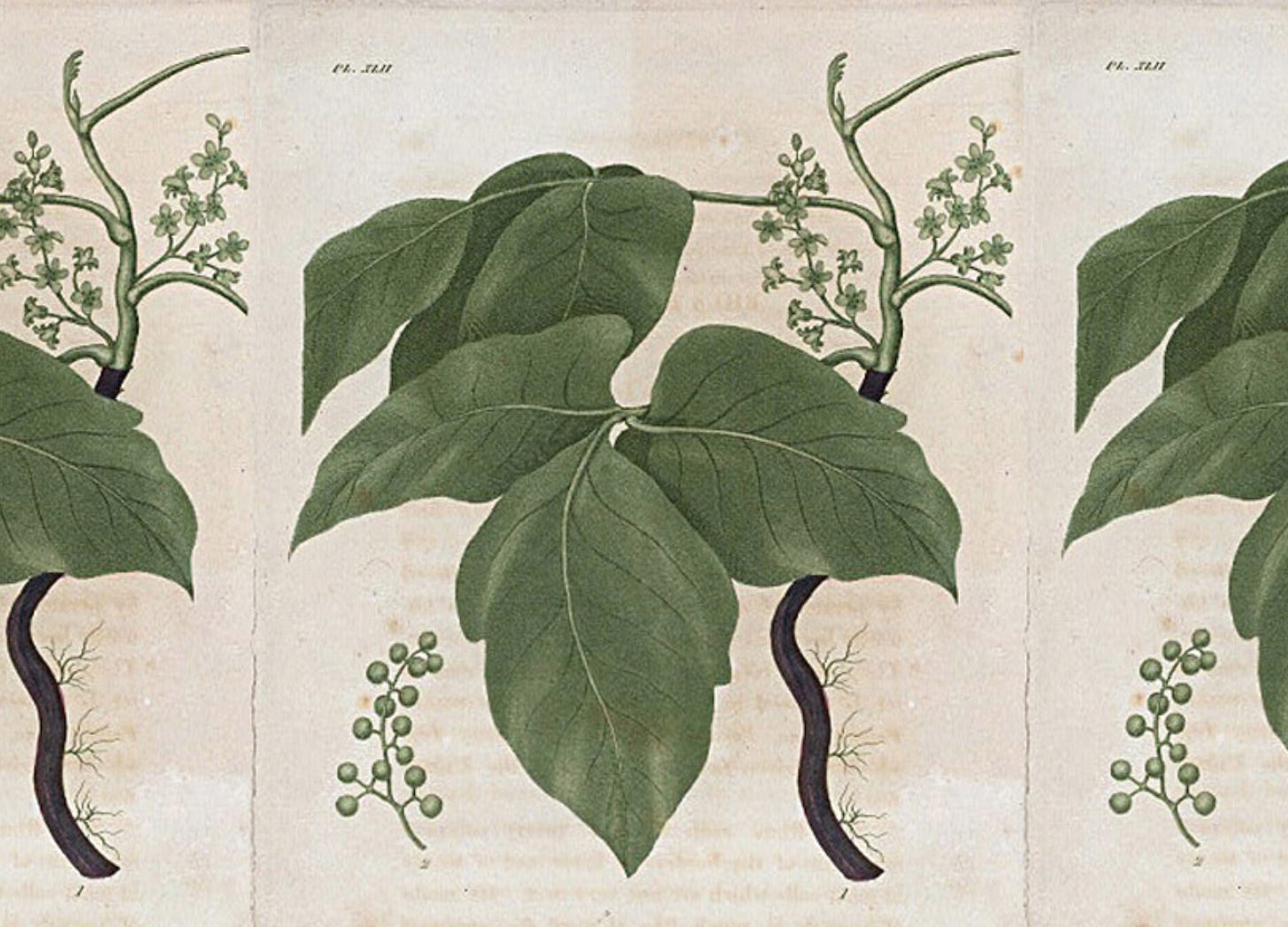Stay Itch-Free By Learning to ID Poison Ivy
If you're going to go outside in North America, you have got to learn this. STAT.
I have a confession: I’ve never gotten poison ivy. It’s not from a lack of trying. Growing up on a 20-acre farm and summers at Girl Scout camp practically guaranteed a few rubs against poison ivy, yet I’ve never gotten a rash. My dad and brothers are also immune from this pesky plant (my poor mom is the sole member of the Sad and Itchy Club™). We might be freaks of nature, or we could have great genetics — about 15% of Americans aren’t allergic to poison ivy.
What a flex, right? Unfortunately, this magical trait does have a disadvantage: I’m terrible at picking poison ivy out of a lineup. It doesn’t pop out to me when hiking with kids or friends, so I can’t warn them to avoid it. Forgetting what it looks like means I easily contaminate my clothes or hands with urushiol — aka the irritating oil that causes poison ivy’s allergic reaction — and can then spread it to my very allergic (and lovingly patient) husband.
Getting that horribly itchy, weepy rash is practically a summer camp right of passage — so as your friendly camp counselor, I thought we’d learn together how to avoid it. Who should I turn to for a primer on identifying this hellacious plant? Why not David Meeker, a natural resource steward who’s spent more than a decade working outdoors… and who may or may not be the aforementioned itchy spouse tasked with pointing out poison ivy on every hike.


Characteristics of Poison Ivy
David and I took a walk with the express intent of finding and identifying poison ivy. Here’s what he pointed out to me:
“Leaves of three, let it be” is outdoor wisdom that holds up. Poison ivy has a grouping of three leaflets. The center leaf is symmetrical and has an elongated stem. The two side leaves are asymmetrical and resemble a pair of mittens (as David has repeated for nearly 14 years). One side of the leaf is smooth while the other has a thumb-like or jagged edge.
Poison ivy can appear as a small single plant, will grow vigorously into a shrub, and will wrap itself around trees in vines reaching upwards of 60 feet.
As fall approaches, the leaves of poison ivy can change colors, transitioning from green to yellow, orange, or red.
Poison ivy also blooms! Its flowers appear in the spring and early summer, and the plant produces green berries that turn white as they ripen.
A Few Poison Ivy Imposters
You’re probably on high alert looking for poison ivy everywhere, but there are a few impersonators that may catch you off guard. Every time I said “Surely, this is poison ivy,” this poor man sighed and explained why it is not.



Virginia Creeper (Parthenocissus quinquefolia) climbs and wraps itself around trees like vining poison ivy. It can have three leaflets, but often has five.
Box elder maple (Acer negundo) saplings tricked me. These small trees often have three leaflets but can have up to 7. Their stem is typically a waxy blue-white hue, and they look less menacing as they grow.
Fragrant sumac (Rhus aromatica) wasn’t spotted on our nature walk, but is commonly confused. It grows as a thick shrub and has dark brown bark and red berries.
Spotting poison ivy takes practice, and sometimes you’ll still miss it. The best thing to do after a hike through the woods is wash your hands and tossing outdoor clothes straight into the washing machine. Sometimes you still wind up with a rash, but what would you rather do — sit inside all day? Grab the calamine lotion and keep moving. 🌿
Art note: “Rhus radicans. (Poison ivy).”, from Jacob Bigelow’s American Medical Botany, 1817-1820. Courtesy of The New York Public Library Digital Collection
.



